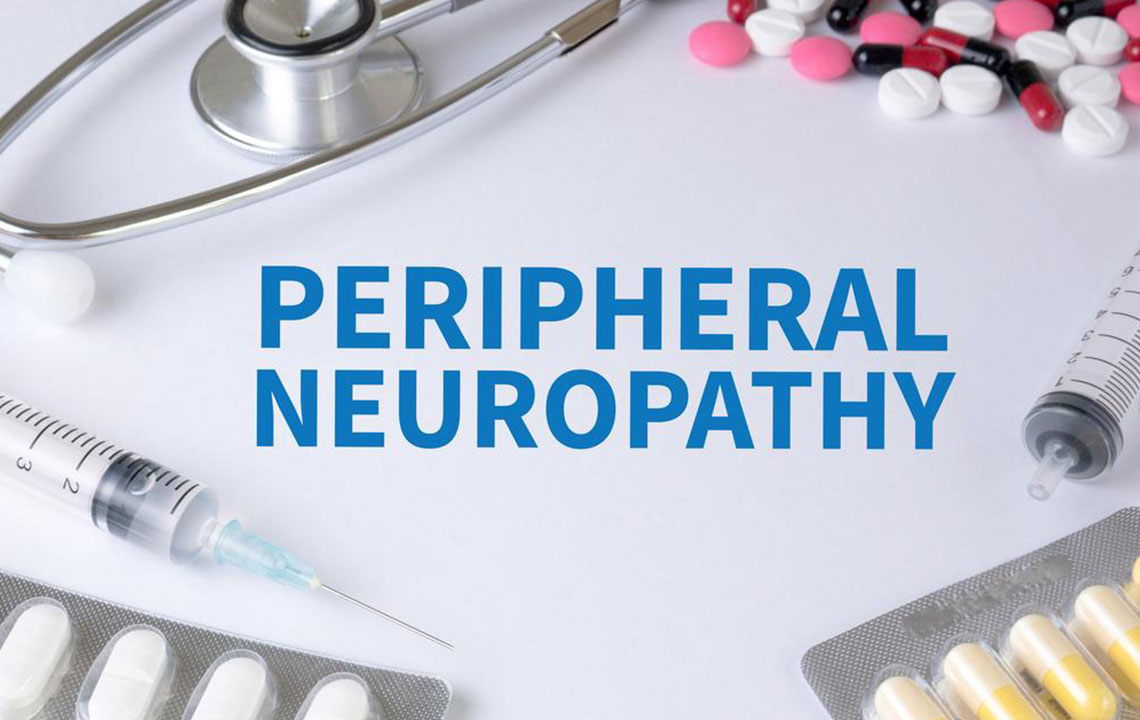Comprehensive Guide to Neuropathic Pain: Causes, Symptoms, and Effective Treatments
This comprehensive guide explores neuropathic pain, detailing its causes, symptoms, and diverse treatment options. From nerve damage due to trauma, diseases, and infections to advanced therapies, discover how to manage this complex condition effectively and improve quality of life through early diagnosis and personalized care.

Comprehensive Guide to Neuropathic Pain: Causes, Symptoms, and Effective Treatments
Introduction to Neuropathic Pain
Neuropathic pain, commonly referred to as nerve pain, is a complex condition characterized by abnormal nerve function or nerve damage. This type of pain manifests in various ways, from sharp, stabbing sensations to tingling or burning feelings, often significantly impacting a person's quality of life. Unlike typical pain caused by injuries or inflammation, neuropathic pain stems from issues within the nervous system itself. It can affect any part of the body, but the most common form involves peripheral nerves—that is, nerves outside the brain and spinal cord—which leads to a condition known as peripheral neuropathy. This condition can produce persistent, often debilitating pain, which may become chronic if left untreated.
Understanding the Causes of Neuropathic Pain
The origins of neuropathic pain are diverse and multifaceted, encompassing a wide range of medical conditions, injuries, and even lifestyle factors. The primary causes can be broadly categorized into trauma, medical conditions, infections, and other contributing factors.
Trauma and Physical Injuries
One of the leading causes of nerve pain is physical trauma. Accidents resulting in injuries to muscles, joints, or tissues often lead to nerve damage, even after the injury heals. For instance, traumatic injuries like fractures, severe cuts, or crush injuries can damage nerve fibers, leading to persistent pain signals. Similarly, traumatic incidents such as car accidents or falls can injure nerves in specific regions, causing ongoing discomfort or abnormal sensations.
Surgical Procedures and Nerve Damage
Surgical interventions, especially those involving nerves or nearby tissues, can inadvertently cause nerve injury. Amputations, nerve cuts during surgeries, or complications like nerve compression post-surgery may lead to chronic neuropathic pain. This pain often persists even after the site has healed because nerves may misfire or form neuromas—abnormal nerve growths that send erroneous signals.
Underlying Medical Conditions
Numerous systemic diseases are known to contribute to nerve damage, which results in neuropathic pain. These include:
Diabetes Mellitus: High blood sugar levels over time can damage nerves, leading to diabetic peripheral neuropathy. This condition is common and often presents as tingling, numbness, or burning pain, particularly in the feet and legs.
Multiple Sclerosis (MS): An autoimmune disorder that damages myelin—the protective sheath around nerve fibers—causing neurological symptoms including pain.
Cancer and Tumors: Tumors pressing against nerves or cancer treatments like chemotherapy can induce nerve pain.
Myeloma and Other Blood Disorders: These can cause nerve compression or infiltration, leading to pain.
Infections and Their Role in Neuropathic Pain
Infections, especially viral and bacterial, can also lead to nerve pain by directly damaging nerve tissues or triggering immune responses. Notable examples include:
Herpes Zoster (Shingles): Reactivation of the chickenpox virus causes shingles, which can result in post-herpetic neuralgia—persistent nerve pain long after the rash resolves.
HIV/AIDS: The virus and its associated treatments can cause peripheral nerve damage, resulting in painful neuropathy.
Syphilis and Other Bacterial Infections: Certain bacterial infections can also affect nerves and cause pain.
Additional Factors Contributing to Neuropathic Pain
Besides trauma, diseases, and infections, other factors may contribute to nerve pain:
Chemotherapy: Many cancer treatments involve drugs that are neurotoxic, leading to chemotherapy-induced peripheral neuropathy.
Physical Compression: Herniated discs and spinal stenosis can compress nerves, producing pain that can sometimes be neuropathic in nature.
Thyroid Disorders: Hypothyroidism can affect nerve function and contribute to neuropathy.
Vitamin Deficiencies: Lack of vitamins B12, B6, and others essential for nerve health can cause nerve degeneration and pain.
Recognizing the Symptoms of Neuropathic Pain
Patients experiencing neuropathic pain often report a distinct set of symptoms that differentiate it from other pain types. Recognizing these signs is crucial for diagnosis and treatment planning:
Intense, burning sensations that may feel like constant heat or cold
Sharp, stabbing, or electric shock-like pains
Persistent tingling, numbness, or a Pins and Needles sensation
Hypersensitivity to touch, where even light contact or friction causes pain
Unexplained pain that occurs without any apparent trigger or injury
Sleep disturbances, fatigue, and emotional distress due to chronic discomfort
Types of Neuropathic Pain and Specific Conditions
Neuropathic pain can manifest in various forms, depending on the affected nerves and underlying causes. Some common types include:
Sciatica: This pain results from compression or irritation of the sciatic nerve, often due to herniated discs or spinal stenosis. It is characterized by radiating pain from the lower back down the leg, sometimes reaching the foot. Treatment options depend on the severity and may include physical therapy, medications, or surgical interventions.
Diabetic Neuropathy: High blood sugar damages peripheral nerves, especially in the legs and feet. Managing blood glucose levels through medication and lifestyle changes is pivotal in controlling symptoms and preventing progression.
Carpal Tunnel Syndrome: Compression of the median nerve within the wrist causes numbness, tingling, and pain in the hand and fingers. Early diagnosis and conservative treatments like splinting, physical therapy, or corticosteroid injections can often prevent the need for surgery.
Post-Herpetic Neuralgia: A complication of shingles, leading to prolonged nerve pain even after the rash subsides. Antiviral medications and pain relievers are used for management.
Central Pain Syndrome: Difficult-to-treat pain arising from neurological conditions such as stroke, multiple sclerosis, or brain tumors. It is characterized by continuous, aching pain that may respond poorly to conventional analgesics.
Modern Approaches to Treating Neuropathic Pain
Effective management of neuropathic pain often requires a multidisciplinary approach. Several treatments can help alleviate symptoms and improve patient quality of life:
Medications: First-line drugs include certain antidepressants (like amitriptyline) and anticonvulsants (such as gabapentin and pregabalin). These medications help modulate nerve signals and reduce pain perception.
NSAIDs and Analgesics: Nonsteroidal anti-inflammatory drugs like ibuprofen or naproxen may provide relief, but their effectiveness varies. Stronger pain medications might be prescribed in severe cases.
Treating Underlying Causes: Managing diseases such as diabetes through blood sugar control, addressing infections promptly, or correcting vitamin deficiencies can significantly reduce nerve pain and prevent worsening.
Interventional Procedures: In cases where medication is insufficient, options like nerve blocks, spinal cord stimulation, or surgically removing neuromas may be considered.
Complementary Therapies: Physical therapy, acupuncture, transcutaneous electrical nerve stimulation (TENS), and psychological support can also be helpful adjuncts in managing nerve pain effectively.
In conclusion, understanding the complexities of neuropathic pain, its causes, symptoms, and available treatments, is essential for effective management and improving patients' quality of life. Early diagnosis and a personalized treatment plan can greatly enhance outcomes, reducing pain severity and preventing chronicity.





